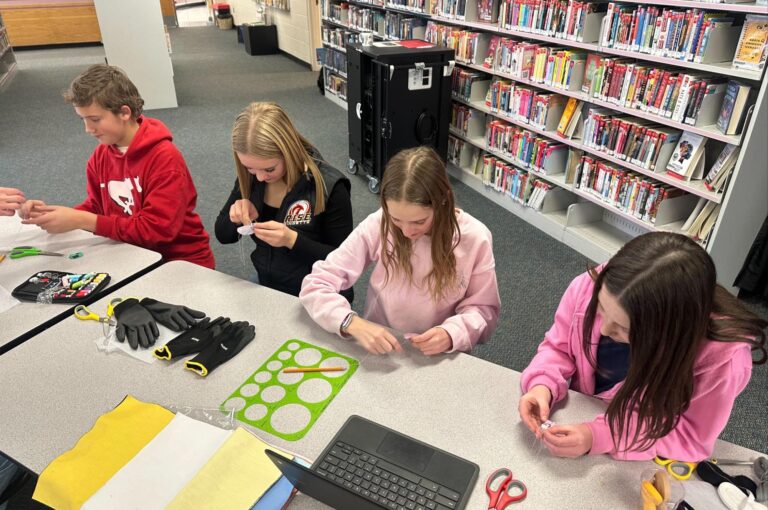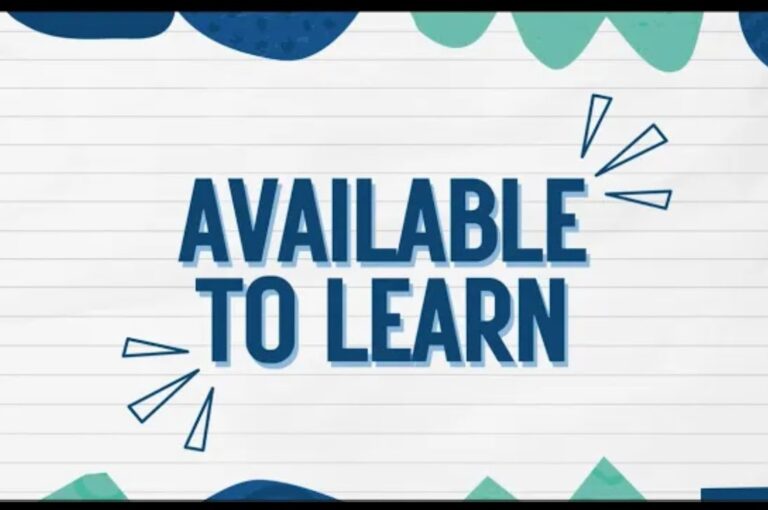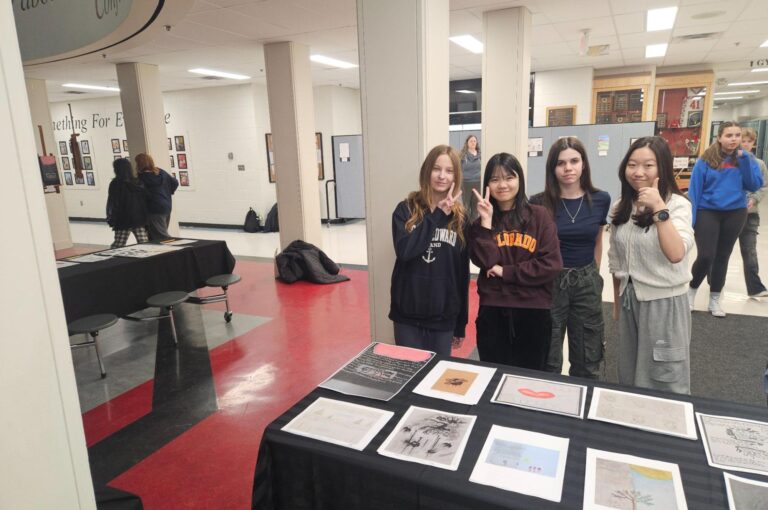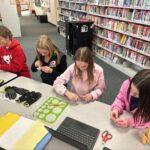“… teachers need to view students not as objects to be questioned but as agents who can think together about the content under study.” (Walsh & Sattes, pg 17, 2017, second edition)
Questioning has moved beyond the questions that teachers ask, to the questions that students ask in order to inspire learning and spark curiosity. Powerful questions, asked by both students and teachers, reflect the deep and insightful thoughts that occur in an engaged thinking classroom.
For example:
- a teacher might ask a student to think about how an idea is the same or different from something else they have learned
- students might be asked to form a judgement based upon a criteria, calling for deeper critical thinking
Powerful questions enable students to look at complex issues in new and innovative ways and to pose their own questions in ways that open up thinking and possibilities. Asking strong questions models for students the kinds of questions they can ask themselves along the learning journey. (Hattie et al)
Classroom questioning is an opportunity for rich conversation and discourse between teachers and students, and through this discourse improved classroom interactions and learning can occur. As Walsh and Sattes, 2017, state “Quality questioning is a process. The process is dynamic and is designed to result in the engagement of all students.” (Walsh and Sattes, pg 22, 2017). It is helpful when teachers model inquisitiveness by allowing students to see teachers as open to new ideas, being persistent in searching for answers and demonstrating the ability to listen and collaborate. Teachers enable organic conversations and students are invited to ask questions and respond to further their understanding and to explore ideas. This requires active listening, thinking and speaking on the part of everyone. Student conversation or dialogue can deepen both the individual and collective understanding of concepts.
Classroom Culture
An important aspect of effective classroom questioning and empowering students to ask questions, is determined by the culture of the classroom. The culture of the classroom can foster a sense of belonging and risk-taking. Students need to feel comfortable asking questions, making mistakes, and pushing their thinking and moving learning to higher levels. When teachers model this behaviour for their students, students are able to see how this can look and that questioning is a normal and productive classroom routine. The type of classroom that promotes effective questioning is not dominated by the teacher. Everyone in the classroom has an equal and valued voice. Incorrect responses are viewed as the opportunity to correct misconceptions. Being unsure is alright, and collectively we can find the solution. In this type of classroom, student to student talk is just as important as teacher to student talk.
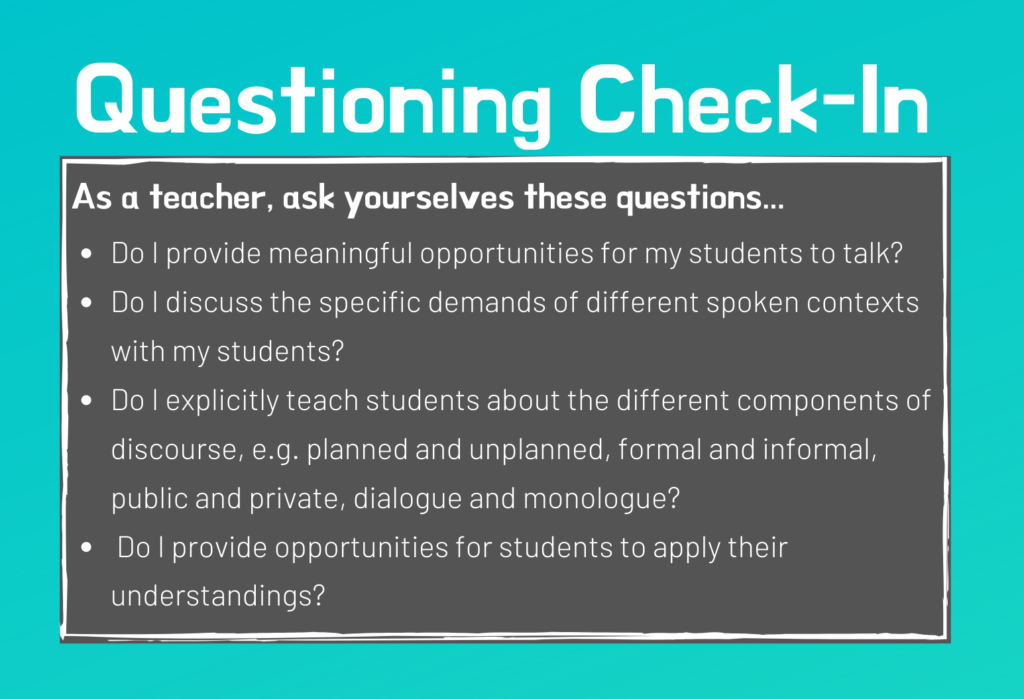
Strategy: Talk Moves (Accountable Talk)
Powerful Learning is supported by powerful questioning and conversations. The “accountable talk” (Hattie, et al.) strategy helps to build these skills. Conversational moves and prompts are modeled by the teacher and then integrated into student conversation. This video shows an example of the Talk Moves strategy in action.
| Move* | Examples |
| Press for clarification and explanation | Could you describe what you mean? Can you provide an example that supports your claim? Can you tell me more about your thinking about…? |
| Require justification of proposals and challenges | Where did you find that information? How did you know that? How does that support claim? |
| Recognize and challenge misconception | I don’t agree because… Have you considered an alternative such as…? I think that there is a misconception here, specifically… |
| Require evidence for claims and arguments | Can you give me an example? Where did you find that information? How does this evidence support your claim? |
| Interpret and use each other’s statements | David suggested… What I heard Marla say was… I was thinking about Jackson’s ideas and I think… |
*Retrieved from the companion website for Visible Learning for Mathematics, Grades K-12: What Works Best to Optimize Student Learning by Hattie, et.al) 2017.

